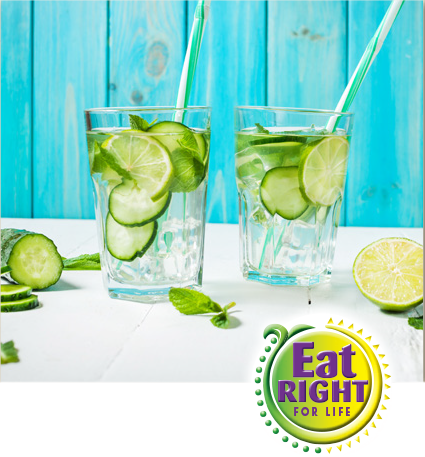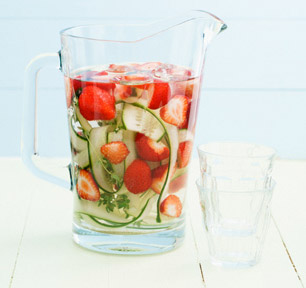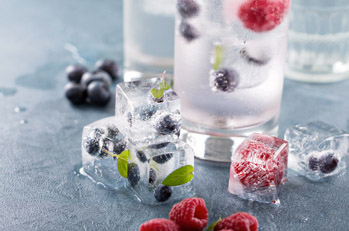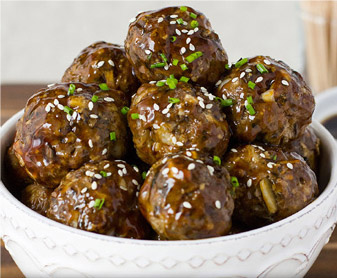

Dietitians Dish – February 24, 2020
Keep working on making habits effortless!
Habit #3 – Pick 2 days a week to enjoy a serving of fish or seafood!
You may have heard the recommendation for eating 2 servings of fish or seafood per week. But do you know about the research findings backing that up?
- Reduced death from all health conditions
- Increased lifespan in older adults
- Lower incidence of depression
- Higher IQ in children whose mothers ate seafood while pregnant
Many health organizations suggest getting at least 250-500 mgs of Omega-3 fatty acids (EPA+DHA) per day. The American Heart Association (AHA) recommends 1,000 mgs per day for people with coronary heart disease and two meals of oily fish per week for people without.
Maple Mustard Salmon
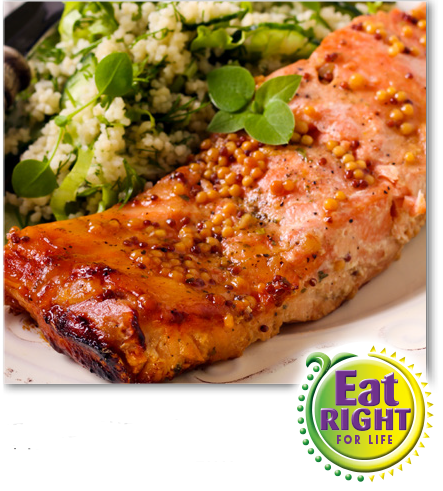
Ingredients:
- 1 1/2 – 2 lbs. salmon
- 1/2 cup Full Circle maple syrup
- 1/3 cup honey whole grain mustard
- 1/3 tsp. salt
Directions:
- Preheat oven to 375° F.
- Place salmon on a large baking sheet. In a small bowl, mix together salt, syrup, and mustard. Brush with the mustard mixture to coat the top of the salmon.
- Bake for 12-15 minutes, or until fish is cooked to your liking.
- Optional: Serve with roasted vegetables and seasoned brown rice.
Recipe adapted from Seafood Nutrition Partnership





